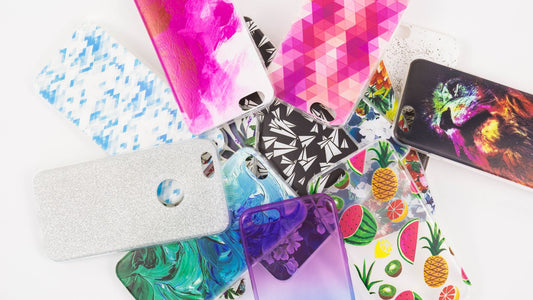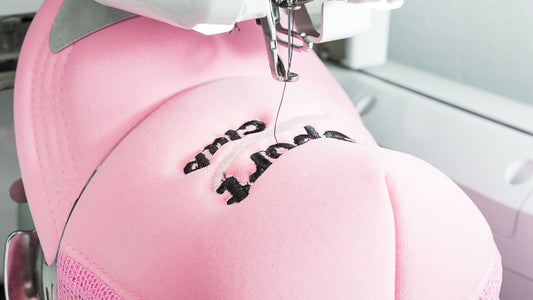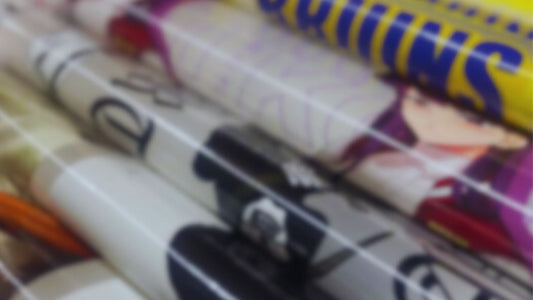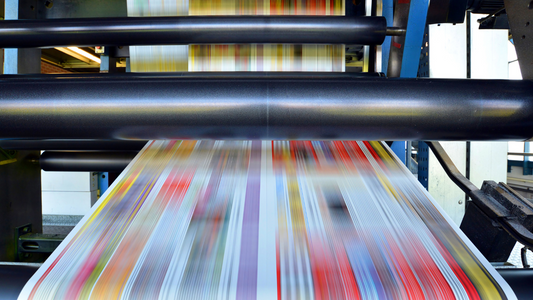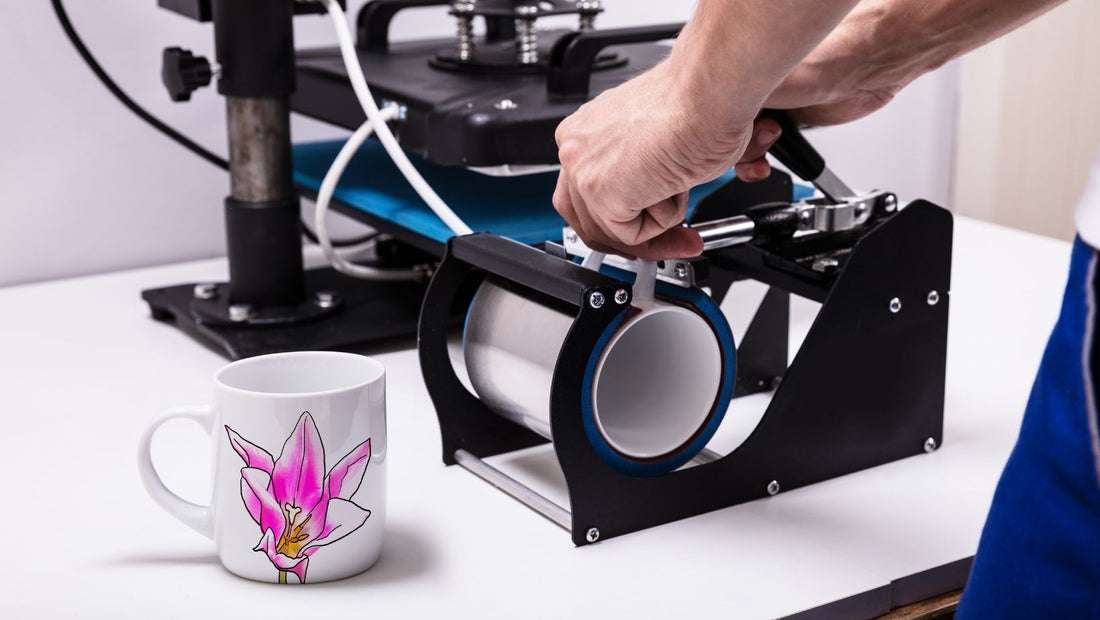
UV DTF: Shedding light on new technology in custom printing
By now, you can probably appreciate the wide variety of printers and how each type of printer you use to create custom apparel makes a difference in the outcome. For instance, digital (DTG) printing can help you create bright, bold, vivid, and highly detailed designs directly onto your garment, while DTF printing can maximize your outputs by easily creating a wide variety of designs onto templates that you then transfer onto several garments using a heat press. It can’t get better than this!
…Or can it?
Welcome to the ultraviolet world.
Ultraviolet direct-to-film, or UV DTF, printers are now the next new thing in custom apparel printing. It uses a special UV printer that requires NO ink and NO toner, immediately saving you on costs, extra inventory, and mess.
How does UV DTF printing work?
UV DTF printers use a special sort of ink that dries immediately when exposed to UV light. This immediate drying process ensures that there are no leaks, spills, runs, bleeds, or blurriness in your image. As a result, the quality of your design is high quality and crystal clear.
First, print your design onto a polyester film, similar to how you would with DTF printing. However, with UV DTF, you use UV ink and UV exposure to print onto the film. Then, a laminator is used to transfer the design from the polyester film (A film) to a second film (B film). This B film is then used to transfer directly onto the substrate of your choice, using your fingers to carefully peel away the film, almost like a peelable tattoo. This can be done on any type of surface, whether it’s a garment or a 3D object, no matter the material, size, or texture. And another huge advantage is, in the transfer process, no heat press is required. That means you save on both the hot press machine and the adhesive powder used for the transfer in traditional DTF printing. That’s a large cost and tedious step that you can now avoid with UV DTF printing!
What’s the catch?
While there are ultra exciting benefits of using ultraviolet DTF, there are also some up-front costs that you’ll have to grapple with. UV ink tends to be on the pricier side. Because of the sophistication of using UV light coupled with a separate lamination process, you’ll need to invest in a special A3 UV DTF laminating printer, which can cost up to $6000 when you factor in the cost of both A film, B film, and the glue used to transfer/stick onto your substrate.
Is UV DTF printing worth it, then?
It may seem like a hefty price tag, but let’s evaluate some advantages. With UV DTF printing, you’ll:
(1) achieve a smooth, scratch-resistant, and flawless finish due to zero ink absorption with the use of UV light
(2) be able to print on pretty much any type of surface, whether it’s a rough, jagged, or uneven surface, or whether it’s a textile or an object like acrylic or crystal.
You’ll start to see the dividends paying off sooner than you think. There is (UV) light at the end of the tunnel!

